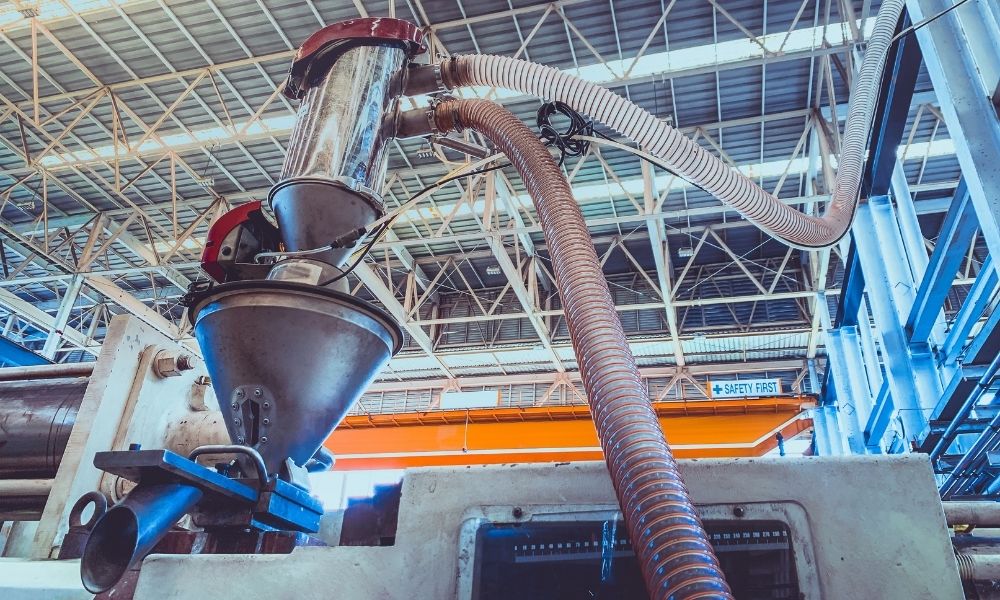The Benefits of Using Pneumatic Conveying

There are many conveying systems on the market, from pneumatic systems to your average belt conveyor. While each system has its advantages, some are better for meeting certain workplace needs. To determine whether it’s the right method for you, read the guide below to learn about the benefits of using pneumatic conveying.
Decrease Product Spillage
Product damage is common across various industries, but it’s avoidable with the right preparation and practices. For example, open-top conveyors like mechanical systems are prone to product spillage. Thankfully, using a pneumatic conveying system minimizes the chances of products spilling onto the facility floor. This attribute comes from the system’s design, which contains primarily enclosed pipes, keeping products sealed inside during travel.
Of course, monitoring conveyors for potential leaks, blockage, and pipeline degradation is always essential. Mistakes during daily operations or the design phase can happen. Still, you’re less likely to run into product spillage with a properly designed and installed pneumatic conveyor than a mechanical one.
Minimal Moving Parts
Pneumatic conveyors use few moving parts, relying more on air pressure for material transportation. On the other hand, mechanical conveyors have various moving parts, such as belts and rollers. Although this might not sound like a major advantage, it impacts workplace safety and convenience. For instance, fewer moving parts make maintenance requirements for pneumatic conveyors less demanding than mechanical systems. Likewise, fewer moving parts means fewer safety hazards in the workplace, which is never a bad benefit to reap.
Accommodating Installation
When it comes to the benefits of using pneumatic conveying, the installation process is near the top. Many folks might assume that installation is frustrating, but pneumatic systems are forgiving when installing them around existing structures in the workplace. Not only is it easy to design these systems around existing materials, but the pneumatic system’s pipes take up less room in the facility than your average mechanical conveyor. Learning how to select the right pneumatic conveyors takes preparation, but it will only make the final result more concise and relevant to your needs.




